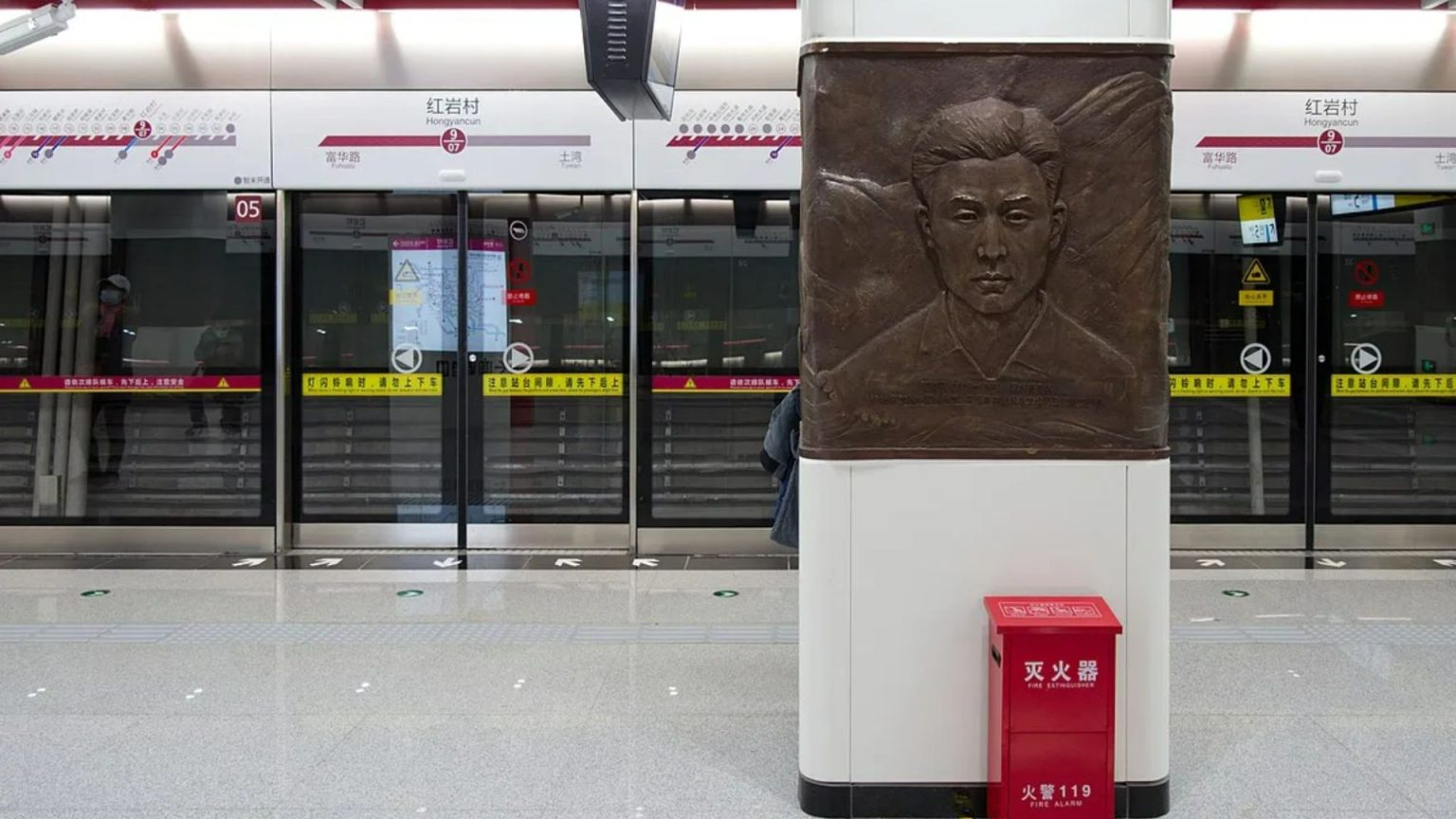Hongyancun Station, located in Chongqing, China, holds the prestigious title of the world’s deepest subway station, plunging an astounding 116 meters below the surface. This depth, equivalent to a 40-story building, creates a unique experience for passengers, causing their ears to pop due to the significant pressure change. The descent, whether by elevator or escalator, is a journey in itself. The swift elevator ride amplifies the pressure differential, while the eight escalators offer a more gradual transition, allowing ears to adjust more comfortably. The sheer scale of the station’s depth is highlighted by the fact that an elevator ride takes nearly a minute to reach the platform. During construction, workers faced a Herculean task, spending 38 minutes climbing stairs from the platform to the surface, an activity likened to scaling a mountain daily.
The station’s extraordinary depth is a direct consequence of Chongqing’s challenging topography. The Yuzhong District, where the station resides, is characterized by a dramatic landscape of rolling hills and winding roads. This undulating terrain necessitated the construction of a subway system that navigates the city’s unique contours, leading to the creation of Hongyancun Station’s remarkable subterranean placement. Despite its extreme depth, the station eschews the stereotypical image of a dark, damp underground space. Its recent completion in January 2022 allows it to benefit from modern construction techniques and technology, resulting in a well-lit, contemporary environment.
Hongyancun Station stands in stark contrast to older subway systems around the world. The London Underground, established in 1863, and other historical subway networks pale in comparison to the depth of the Chinese station. Hampstead Tube Station in London, the deepest in the city’s network, reaches a depth of only 58 meters, half that of Hongyancun. Similarly, Washington Park Station in Portland, Oregon, the deepest in the United States, measures 79 meters below ground level. This disparity highlights the engineering feat achieved in Chongqing.
Globally, only a few stations approach the depth of Hongyancun. The Pyongyang Metro in North Korea boasts stations reaching approximately 110 meters, while Arsenalna Station in Kyiv, Ukraine, descends to 105 meters. Hongyancun’s record-breaking depth has quickly transformed it into a tourist attraction, drawing visitors eager to experience the unusual sensation of descending so far underground. Thrill-seekers document their journeys to the station, capturing the unique experience of this engineering marvel.
The construction of Hongyancun Station was a demanding endeavor, taking 400 days to complete. The eight escalators, each a significant length, transport passengers to and from the deep platform. The station’s futuristic design and innovative engineering are a testament to modern construction capabilities. Its existence within the context of Chongqing’s challenging terrain showcases the ability of infrastructure to adapt to and overcome geographical obstacles. The station stands as a symbol of innovation and human ingenuity, pushing the boundaries of what is possible in underground transportation.
Hongyancun Station not only serves a practical purpose in Chongqing’s public transportation system but also stands as a testament to human ingenuity and engineering prowess. Its record-breaking depth, coupled with its modern design and functionality, sets it apart as a unique and remarkable achievement in the realm of underground infrastructure. The station has become a destination in its own right, attracting visitors from around the world eager to experience the unusual sensation of descending so deep below the Earth’s surface. It represents a successful integration of engineering and architecture, creating a functional and aesthetically pleasing space in a challenging environment. Hongyancun Station showcases the potential of modern construction to overcome geographical limitations and provide efficient and innovative transportation solutions.











